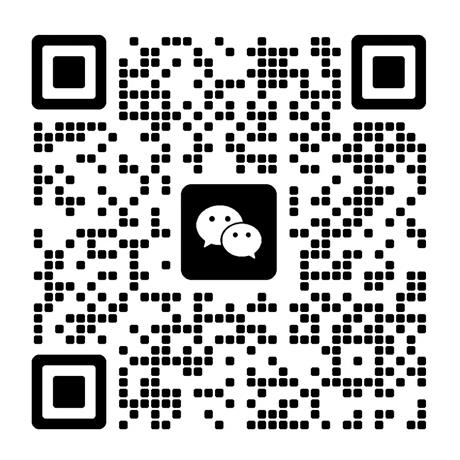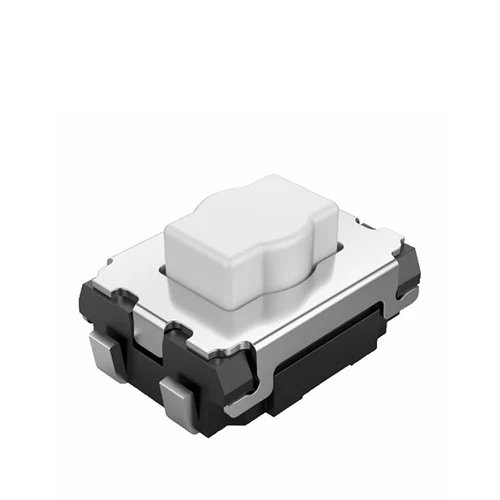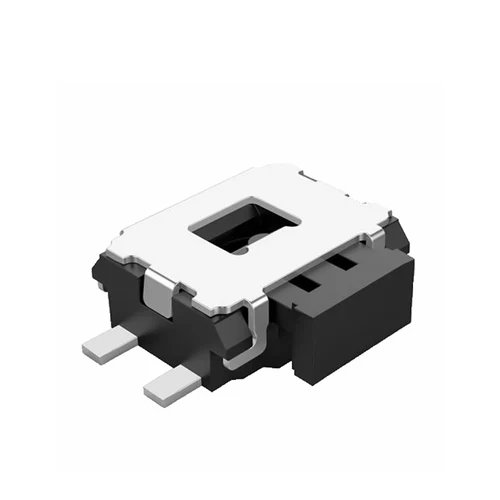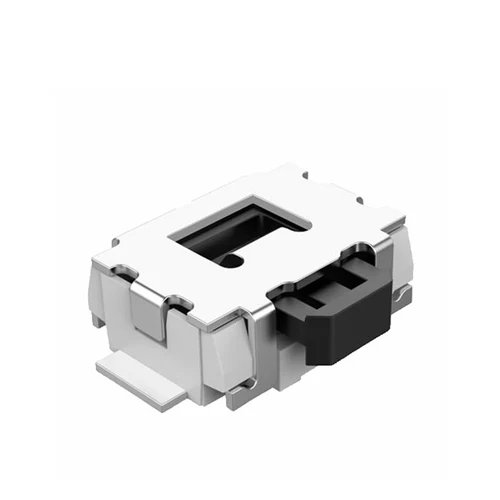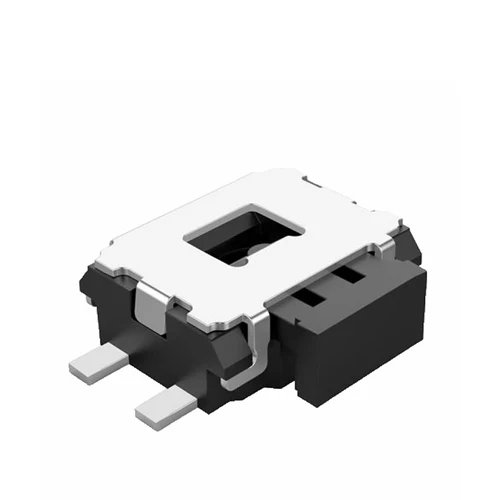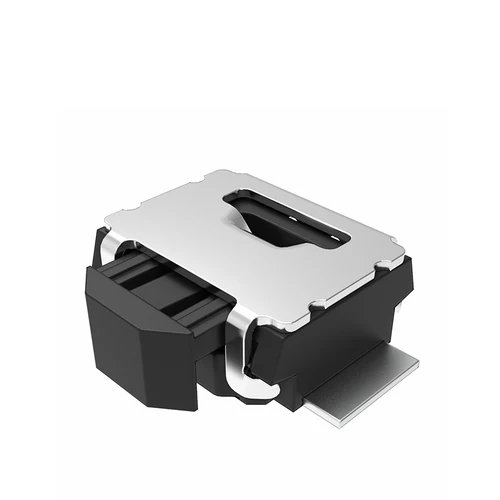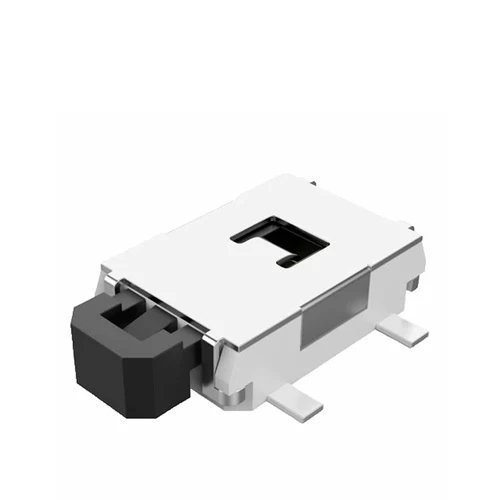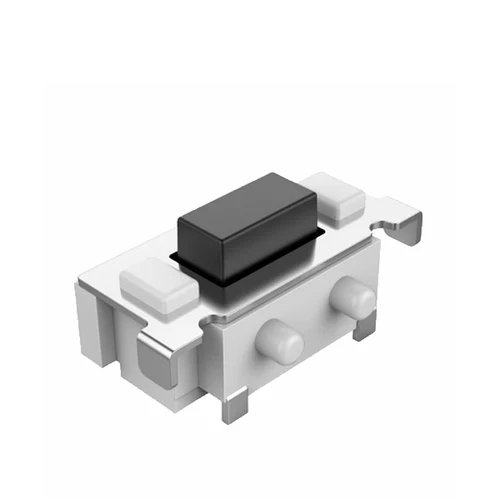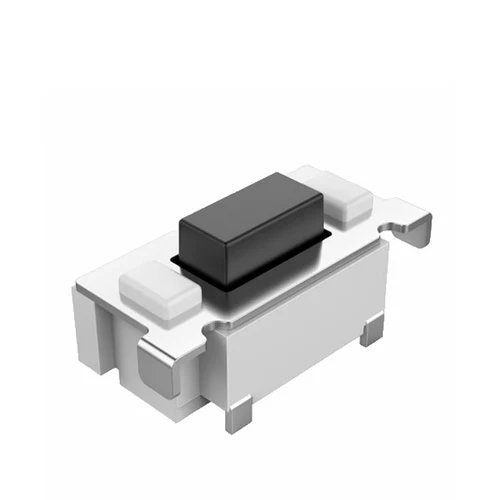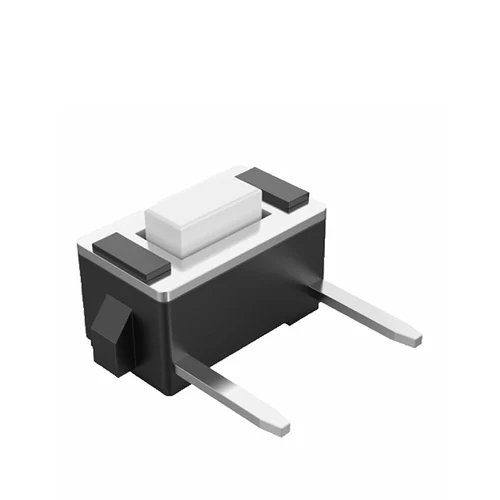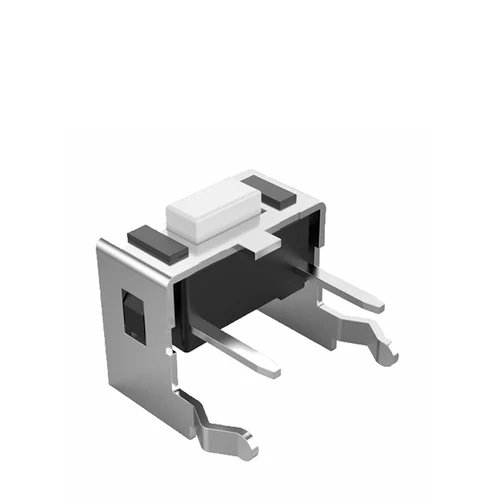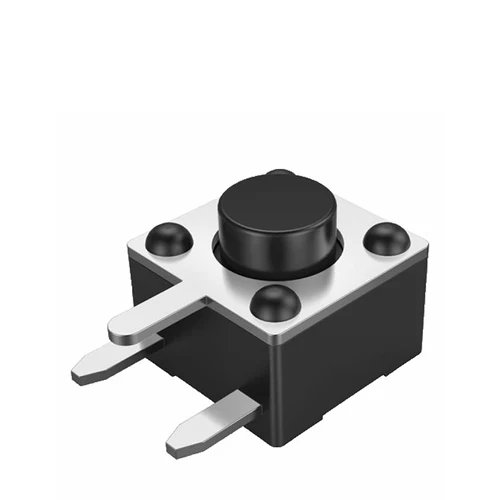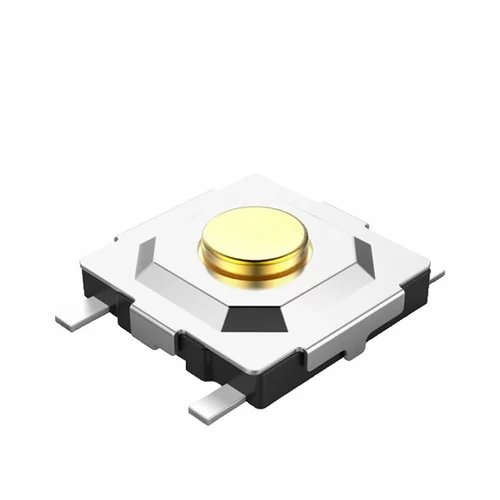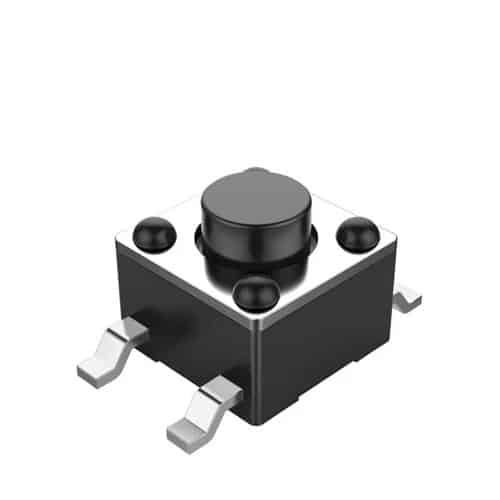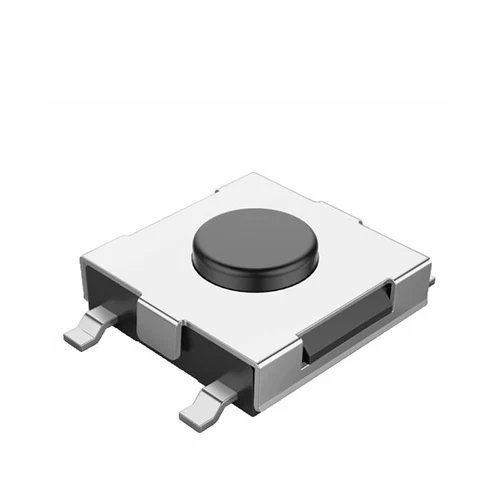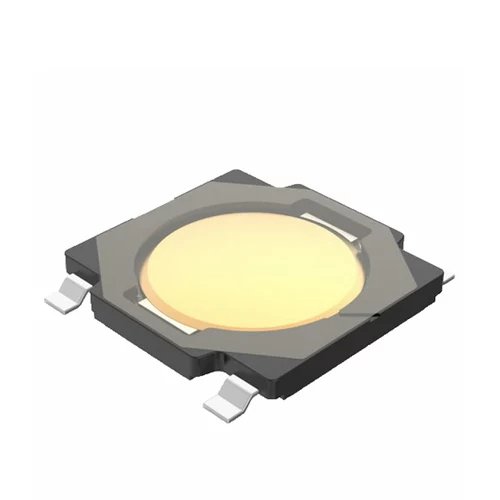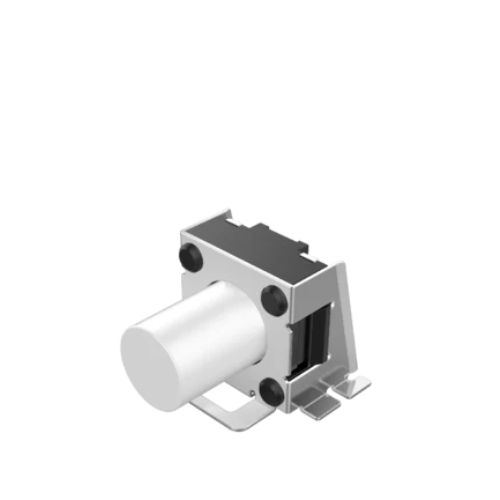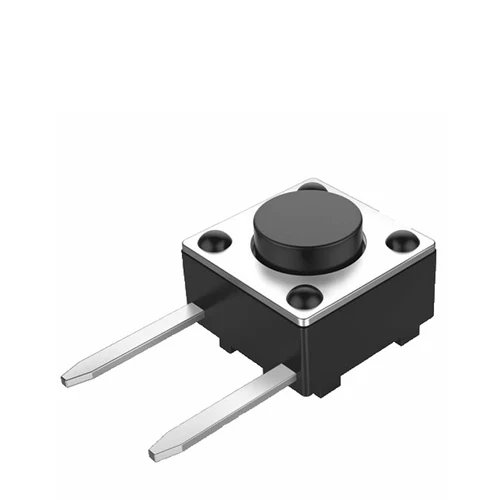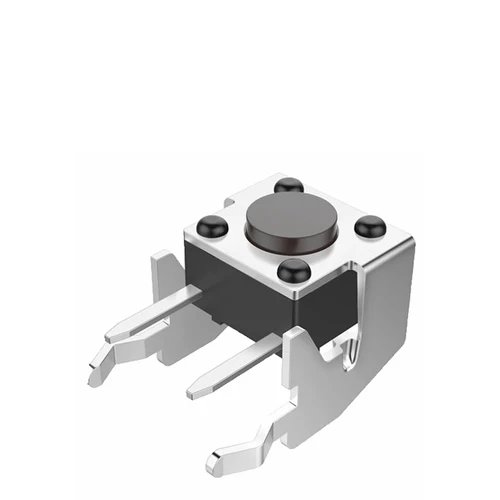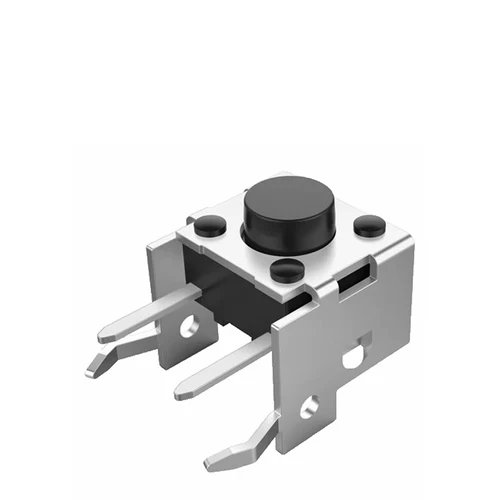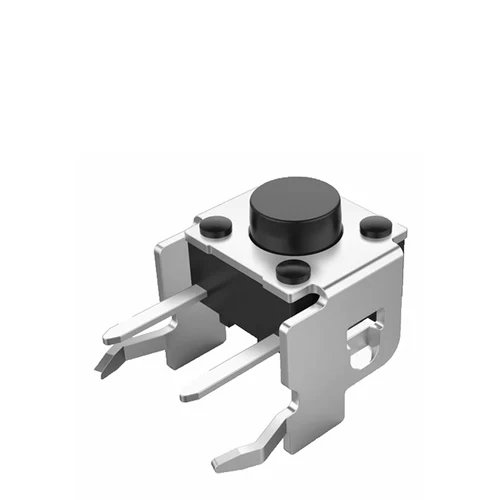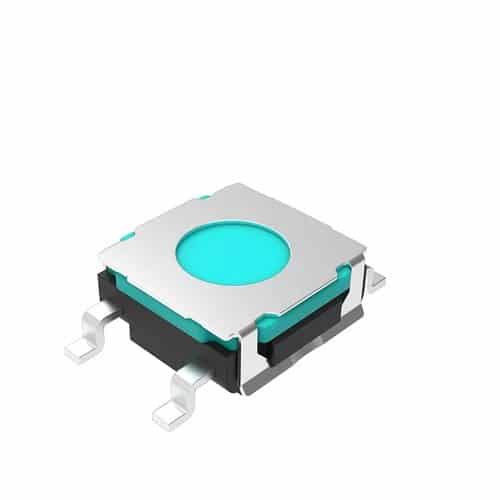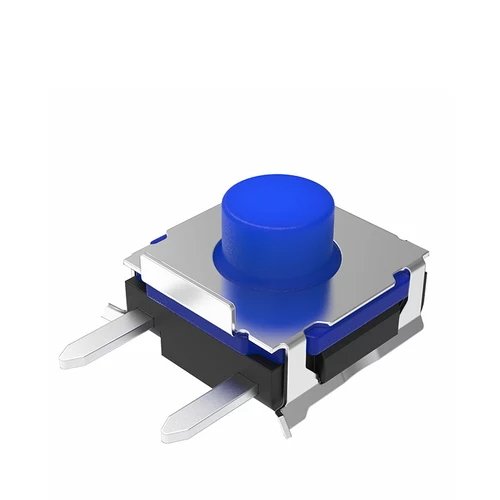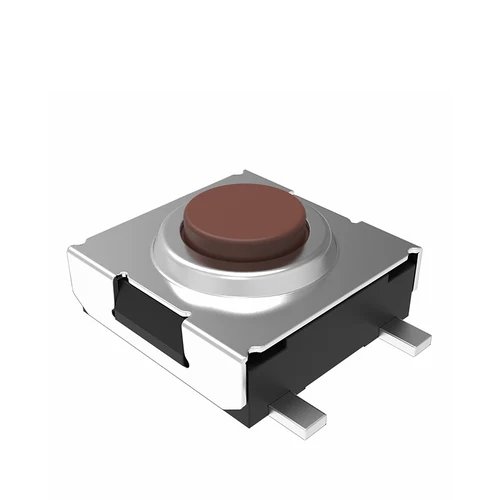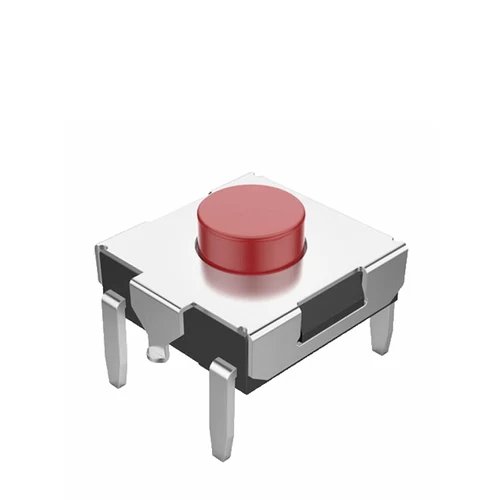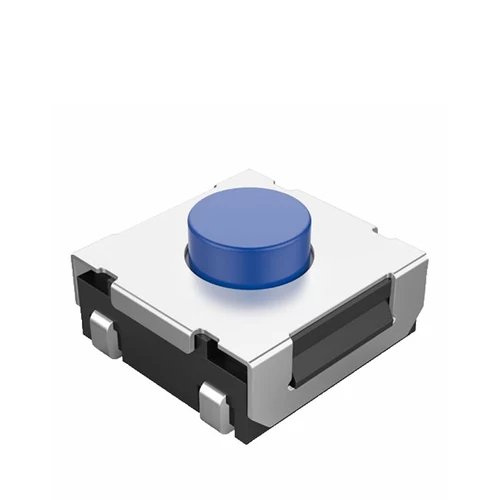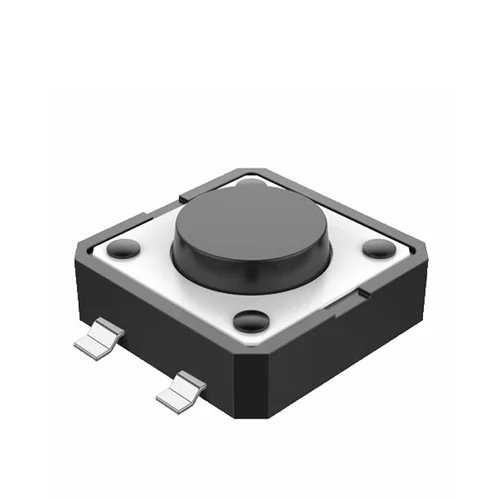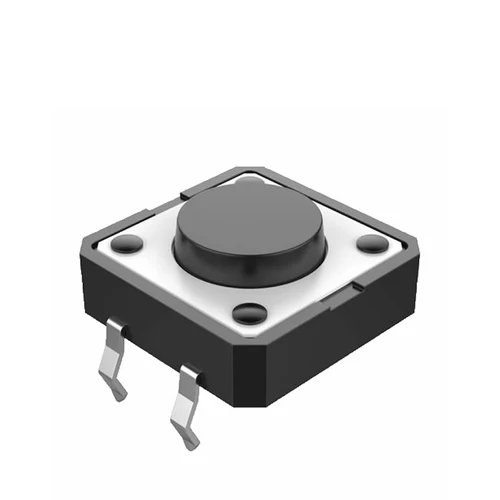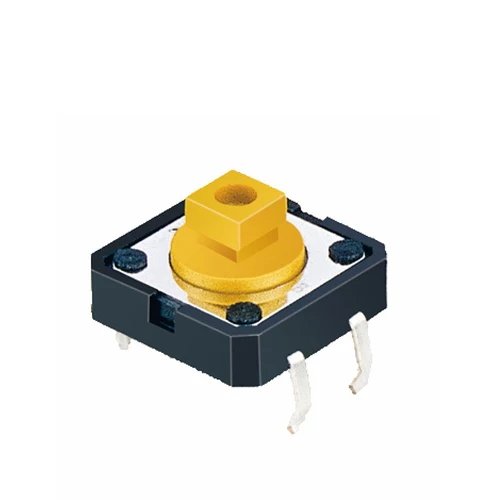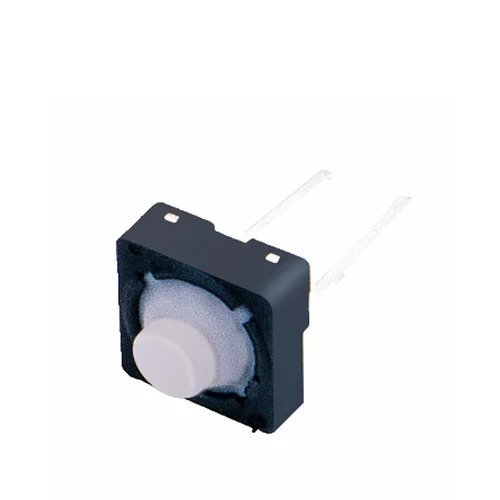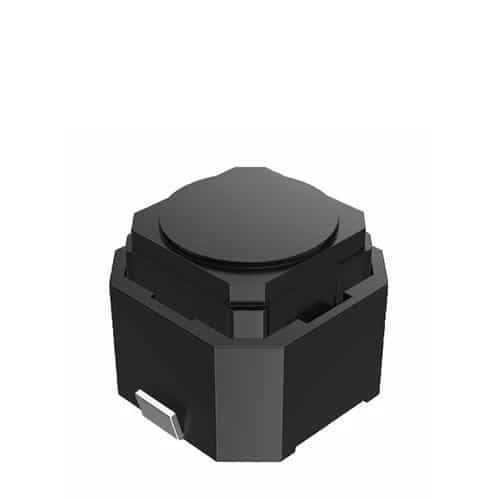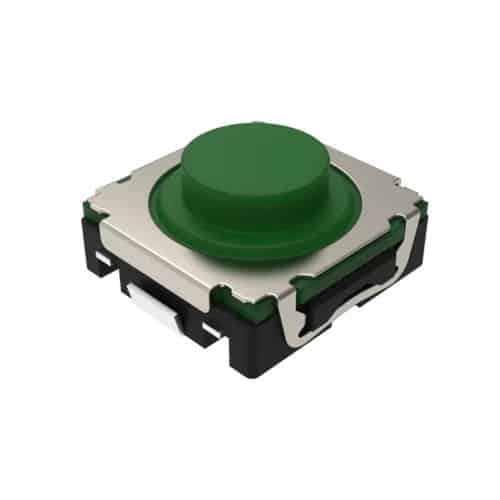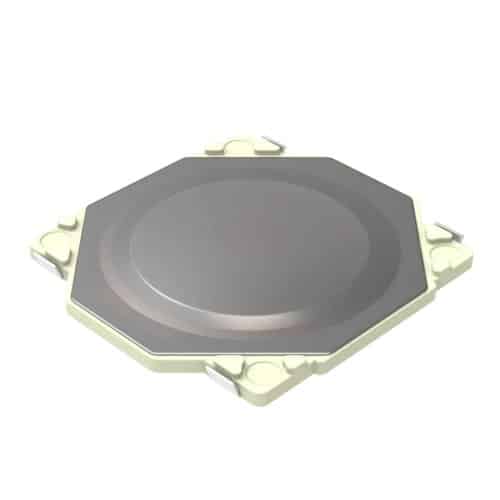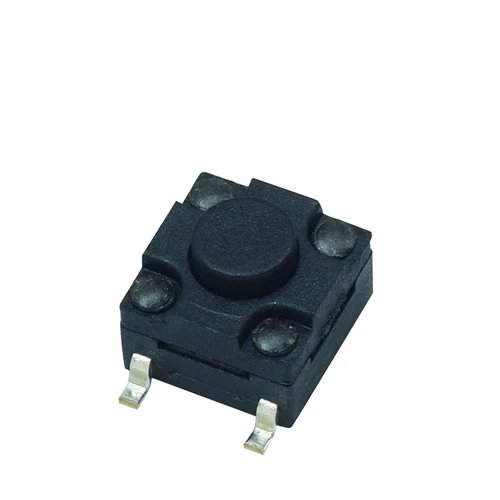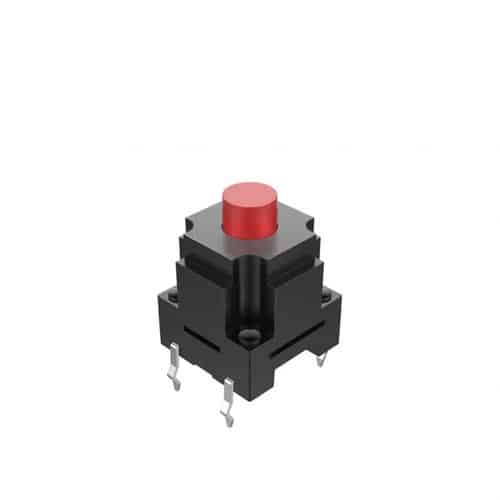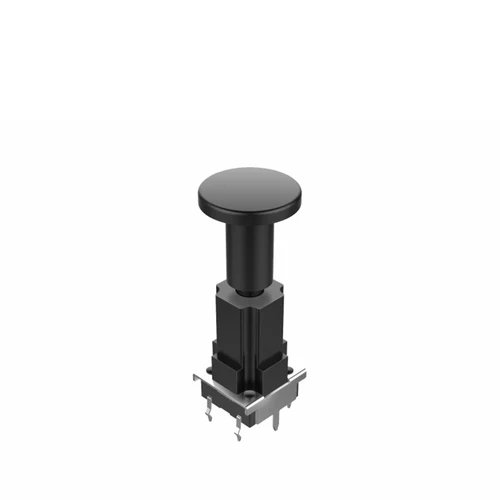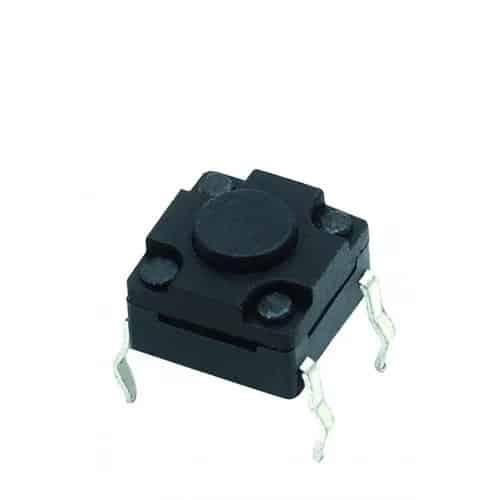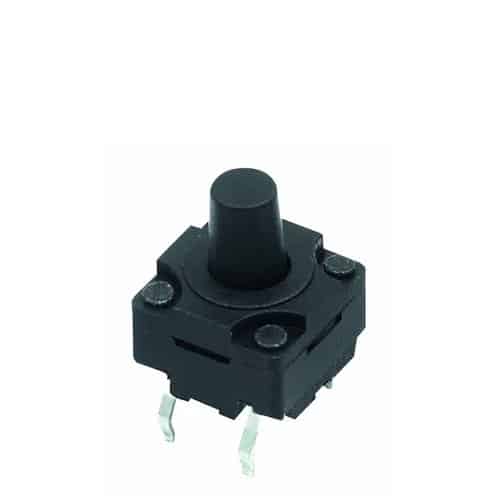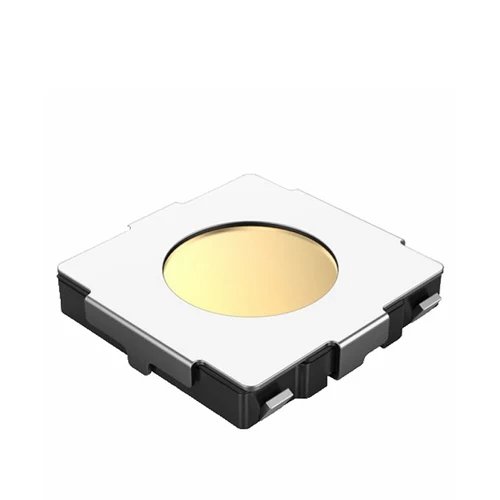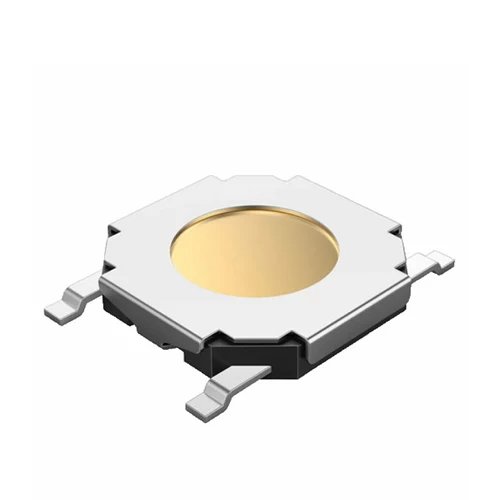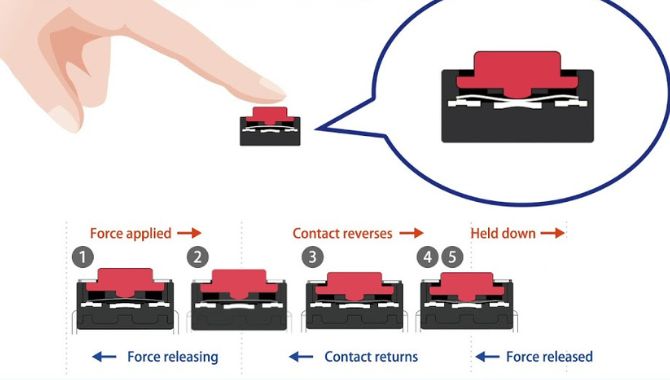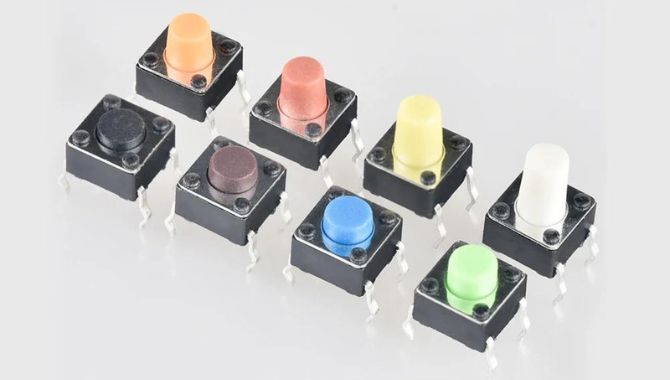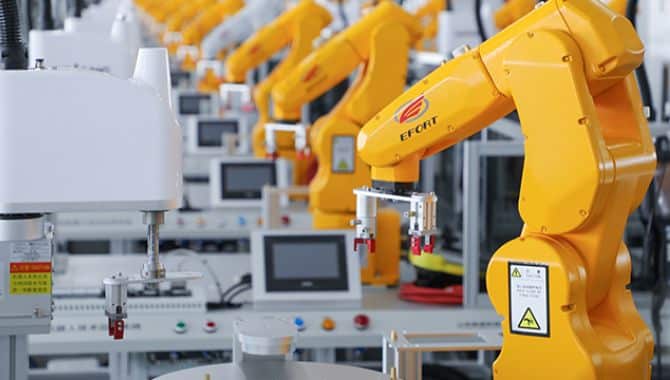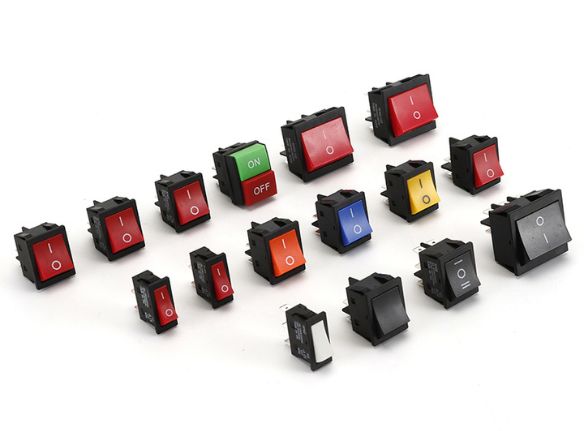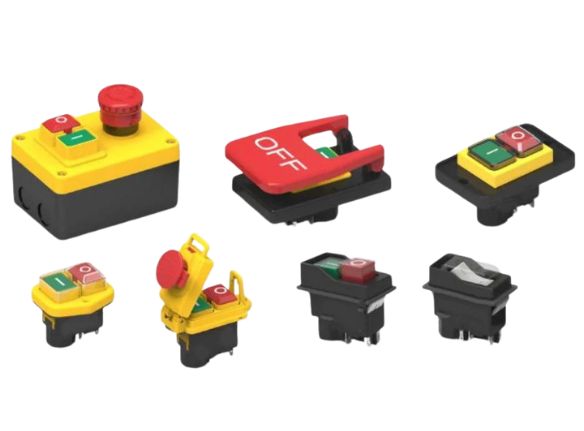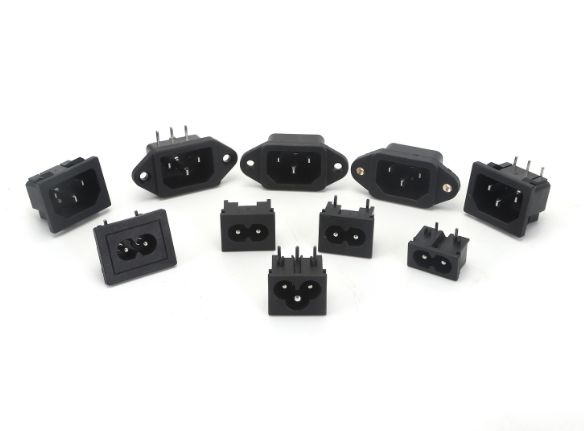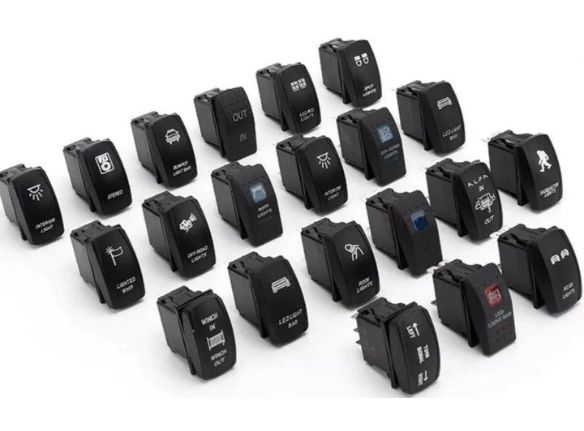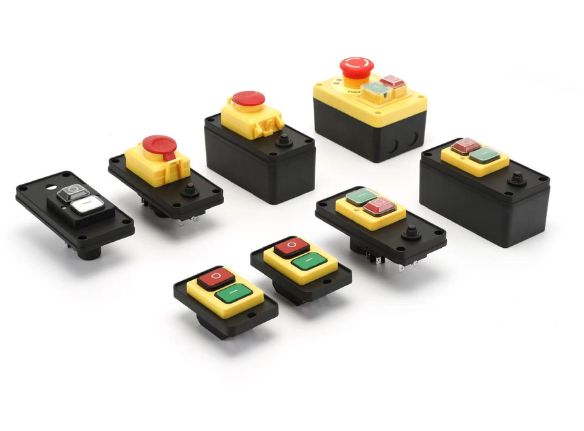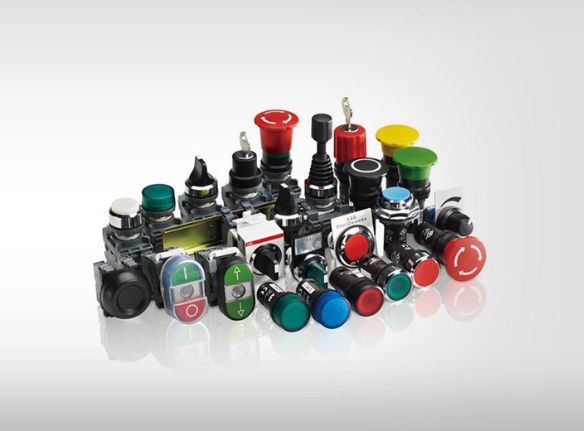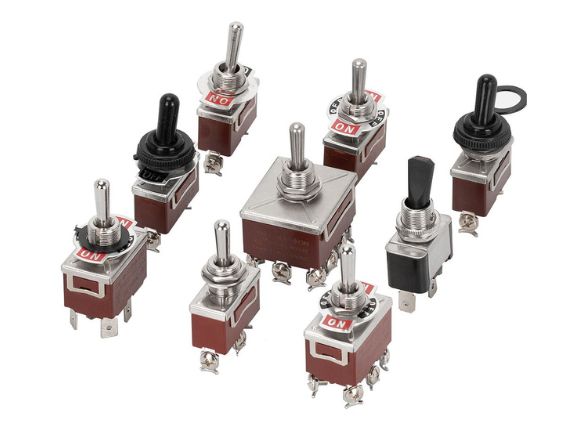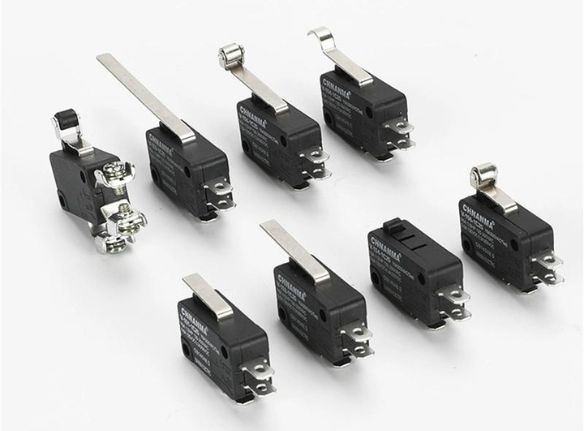What is a Tactile Switch
A tactile switch, a tactile button or simply a button, is a small electronic device widely used in various applications. It can be found in keyboards, remote controls, game controllers, and medical equipment. The primary purpose of a tactile switch is to provide users with a distinct tactile sensation or feedback when pressed, ensuring that the input is registered successfully.
Tactile switches communicate between the user and the device by offering a noticeable click or physical sensation upon activation. This haptic feedback improves the overall user experience and provides reassurance that the button press has been acknowledged and the desired action will be performed. Manufacturers incorporate this tactile feedback mechanism to create more intuitive and user-friendly interfaces.
Typically, tactile switches consist of a plunger or button housed within a casing. When the button is pressed, it compresses a spring or dome beneath it, generating a tactile sensation. The physical feedback can take different forms, such as a satisfying click, a soft bump, or a subtle vibration, depending on the specific design and mechanism of the switch.
Moreover, tactile switches can be customized to meet specific requirements. They can be designed with different actuation forces, allowing for adjustments in the pressure required to activate them. This flexibility enables switches with varying sensitivity levels to cater to other user preferences and applications.
In summary, tactile switches play a crucial role in enhancing the usability and functionality of electronic devices. These switches create more engaging and intuitive user experiences across a wide range of applications by providing tangible feedback to users.
Tactile Switch Mini
A mini tactile switch is a compact version of a tactile switch, offering a small footprint for space-constrained applications. Tactile switches, in general, provide tactile feedback, a noticeable click or bump, when pressed, indicating activation. These switches are used extensively in electronics for user input due to their tactile response.
Tactile Switch 3x6mm
A 3x6mm tactile switch is a small button-like component used in electronics. Here’s what you need to know:
- Size and Type: The dimensions denote its size (3x6mm) and it’s commonly available in surface mount (SMD) or through-hole configurations.
- Function: It’s a momentary switch, meaning it’s activated only when pressed. These switches are used for various functions like reset buttons, keypad inputs, or as general-purpose switches in electronic devices.
- Variety: Tactile switches come in various actuation forces, which determine the pressure needed to activate them. They can also have different lifespans, denoting how many presses they can endure before wearing out.
- Applications: Widely used in consumer electronics, from keyboards and remote controls to industrial control panels.
Tactile switches, despite their small size, play a crucial role in the functionality and user interaction of many electronic devices.
Tactile Switch 4.8x4.8mm
A 4.8×4.8mm tactile switch refers to a small switch typically used in electronic devices. Here’s what it entails:
- Size: The dimensions signify its size, being 4.8mm in both length and width.
- Functionality: Tactile switches provide feedback when pressed. They have a tactile bump, giving users physical confirmation of activation.
- Variety: Available in different designs like round button or SMD (Surface Mount Device), used across electronics for their compactness and responsiveness.
- Applications: Commonly found in keyboards, remote controls, and various control panels due to their durability and ease of use.
- Force Rating: Some switches might have force ratings (like 2.55N) indicating the force needed to activate them.
These switches play a crucial role in user interfaces, providing a tactile feel that enhances user interaction with electronic devices.
Tactile Switch 6x6mm
A 6x6mm tactile switch is a small electromechanical component used in electronics. Here’s a concise breakdown:
- Size and Type: It measures 6x6mm, indicating its dimensions, commonly used in various electronic devices for its compactness and versatility.
- Functionality: Tactile switches provide tactile feedback, giving users a physical sensation (like a click or snap) upon actuation. This feedback is beneficial in user interfaces to confirm input.
- Applications: Found in keyboards, remote controls, consumer electronics, and industrial machinery, these switches offer reliable input solutions due to their durability and responsiveness.
- Sourcing: Available through various vendors like Mouser, DigiKey, and online marketplaces like Amazon, offering assortments or specific types based on applications.
For detailed specifications and variations, referring to datasheets or product listings from manufacturers like Schurter, or specific product listings on e-commerce platforms, aids in choosing the right switch for a particular application.
Tactile Switch 6.2x6.2mm
A 6.2×6.2mm tactile switch refers to a small switch typically used in electronic devices. Here’s a breakdown:
- Size and Type: This switch is square-shaped, measuring 6.2×6.2mm with varying heights like 6.2mm or 6.5mm.
- Function: Tactile switches provide physical feedback when pressed. They’re common in keyboards, control panels, or any device requiring user input.
- Usage: Found in surface-mount technology (SMT) applications, these switches offer reliability and space efficiency, fitting well in compact electronics.
- Variants: They come in different styles, like 4-pin or 2-pin configurations, and various models for specific applications and requirements.
In summary, a 6.2×6.2mm tactile switch is a small, touch-sensitive switch used in electronics to provide physical feedback upon pressing and is particularly useful in compact devices requiring user input.
Tactile Switch 12x12mm
A Tactile Switch 12x12mm refers to a specific type of switch characterized by its dimensions: 12×12 millimeters. It’s commonly used in various electronic devices for its tactile feedback, providing a perceptible response upon activation.
- Dimensions: The 12x12mm specification denotes its physical size, crucial for fitting into electronic circuits or devices.
- Tactile Feedback: When pressed, this switch provides tactile feedback, a physical sensation felt by the user, indicating activation. It’s distinguishable from non-tactile switches due to this tactile response.
These switches are versatile and used in various electronic applications, including consumer electronics, keyboards, control panels, and more, owing to their reliability and tactile response.
Silent Tactile Switches
A Silent Tactile Switch is a type of mechanical keyboard switch designed to minimize noise while providing tactile feedback. It combines a tactile bump—offering feedback upon actuation—with a quiet operation, ideal for environments where noise is a concern. These switches are crafted to reduce the audible click associated with mechanical keyboards, enhancing typing comfort without sacrificing the tactile feel.
- Features: Silent Tactile Switches offer a tactile bump without the audible click, maintaining the tactile feedback while significantly reducing noise.
- Purpose: They cater to individuals seeking a quieter typing experience without compromising the tactile response, suitable for office spaces or shared environments.
- Variants: Various manufacturers produce Silent Tactile Switches, with differences in actuation force, actuation point, and smoothness.
- Compatibility: These switches often come in different brands (such as Cherry MX Silent variants) and are compatible with most mechanical keyboards.
- User Experience: Users appreciate the balance between tactile feedback and reduced noise, making typing more comfortable without disturbing others.
The Silent Tactile Switches are a popular choice among those seeking a quieter typing experience without compromising the tactile feel inherent to mechanical keyboards.
Tactile Switch Waterproof
A Tactile Switch Waterproof is a switch designed to withstand exposure to moisture or liquids while maintaining its functionality. These switches combine the features of a tactile switch, offering a discernible click or tactile feedback upon actuation, with waterproofing capabilities.
A Tactile Switch Waterproof is a switch designed to withstand exposure to moisture or liquids while maintaining its functionality. These switches combine the features of a tactile switch, offering a discernible click or tactile feedback upon actuation, with waterproofing capabilities.
- Functionality: Tactile switches provide tactile feedback, ideal for typing or gaming.
- Waterproofing: These switches integrate protective measures against moisture or liquid ingress, often achieved through specialized seals or coatings.
- Applications: Commonly used in environments prone to moisture exposure like outdoor electronics, medical devices, or industrial equipment.
Manufacturers like Citizen Electronics, OMRON, and Kailh offer variants of these switches, ensuring durability even in challenging conditions.
- Functionality: Tactile switches provide tactile feedback, ideal for typing or gaming.
- Waterproofing: These switches integrate protective measures against moisture or liquid ingress, often achieved through specialized seals or coatings.
- Applications: Commonly used in environments prone to moisture exposure like outdoor electronics, medical devices, or industrial equipment.
Manufacturers like Citizen Electronics, OMRON, and Kailh offer variants of these switches, ensuring durability even in challenging conditions.
Light Tactile Switches
With Full Product Certification



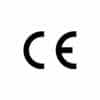



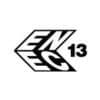
What is a Tactile Switch
A tactile switch is an electromechanical device that provides tactile feedback to the user when it is actuated or pressed. This type of switch features a mechanism that delivers a noticeable bump or click sensation, indicating that the switch has been successfully engaged. Tactile switches are commonly used in various electronic devices, such as keyboards, where they are preferred by users who want confirmation of a keypress without needing to press the key all the way down. These switches can vary in the force required to actuate them and the distinctness of the tactile bump, which can affect typing speed and comfort. They are also used in control panels, remote controls, and other interfaces where physical feedback is beneficial for operation.
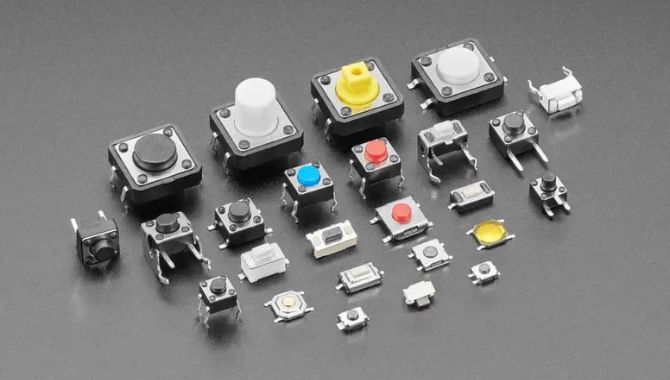
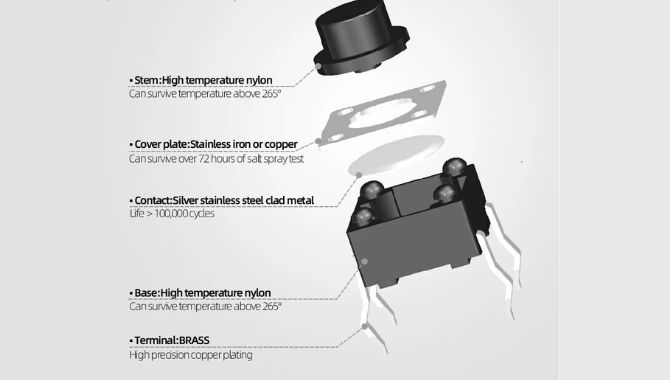
Characteristics of Tactile Switches
Tactile switches are a type of electromechanical switch known for their distinct ‘bump’ felt when pressed, confirming actuation without requiring full depression. They offer feedback without a clicking noise unlike clicky switches, making them quieter. Common in keyboards, they provide a satisfying middle ground between linear switches, which have a smooth keystroke, and clicky ones, which give audible feedback. Tactile switches are preferred by typists for their feedback that encourages typing precision and speed without bottoming out. They come in various actuation forces and travel distances, allowing customization for user comfort and preference. Their construction includes a stem, spring, housing, and metal contacts that register a keypress on a circuit.
How does a Tactile Switch Work?
A tactile switch is an electromechanical device that closes an electrical circuit when a button or key is pressed, providing tactile feedback to the user. It consists of a housing, a plunger, metal contacts, and a spring. When pressed down, the plunger moves inside the housing and forces the metal contacts to touch, completing the circuit and allowing current to flow. The spring provides resistance, creating a noticeable bump sensation when enough force is applied to overcome the resistance, signaling actuation. When the pressure is removed, the spring pushes the plunger back to its original position, opening the circuit. This switch type is commonly found in keyboards, control panels, and other input devices where user feedback is essential for accurate operation.
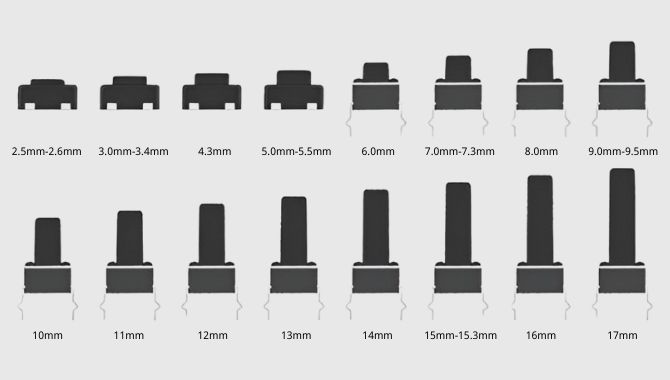
Common actuator heights of tactile switches
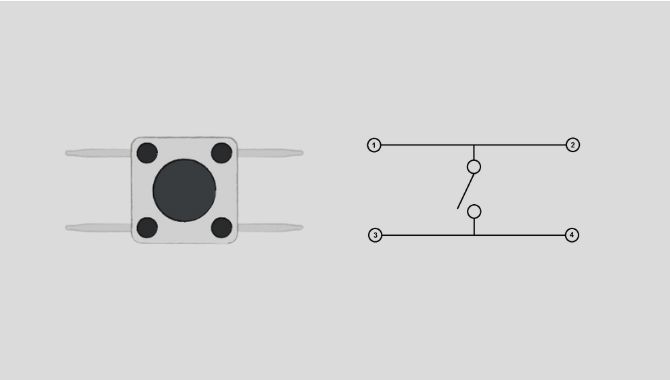
How to Wire a Tactile Switch
Ergonomic Design
With their meticulously crafted design and attention to detail, Tactile switches are ingeniously engineered to offer a sublime and unparalleled typing experience that is supremely comfortable and effortlessly efficient. These switches have been thoughtfully designed, considering many factors such as the critical travel distance, actuation force, and keycap shape, all meticulously optimized to minimize strain on the fingers and wrists, thus ensuring a genuinely ergonomic typing experience. Users can delight in the enhanced comfort that these switches provide, even during prolonged periods of use, making typing an absolute breeze. The exceptional ergonomic design of these switches sets them apart from the rest, guaranteeing that every keystroke brings a sense of satisfaction and pleasure to the reasons.
Unrivaled Durability and Versatile Noise Levels
Tactile switches are renowned for their exceptional durability, thanks to their meticulously engineered construction and meticulous attention to detail. These switches are designed to withstand the test of time and confidently endure countless repeated uses without succumbing to wear and tear. This remarkable resilience makes them the ideal choice for any application or environment, offering unparalleled reliability.
Whether it’s a high-demand industrial setting or a consumer electronic device that sees constant use, Tactile switches are built to last and perform flawlessly. So, whether you’re a professional seeking reliability or a casual user looking for peace of mind, you can trust the durable craftsmanship of Tactile switches to exceed your expectations and deliver consistent performance for years.
The noise level of tactile switches can vary significantly due to the meticulous engineering and thoughtful design that goes into their creation. These switches are carefully crafted to give users a wide range of noise levels when pressed. This allows individuals to select the perfect button that aligns with their preferences and requirements.
Some users may prefer a whisper-quiet operation, ideal for creating a serene working environment. On the other hand, some seek a more audibly satisfying tactile response, such as gamers or typists who desire more pronounced feedback. Tactile switches deliver an enhanced user experience by offering versatile noise characteristics that cater to different needs and preferences.
Related Articles
.jpg)
Uncover the unseen world of tactile switches! Explore their surprising uses across industries and how they subtly impact our everyday lives. WEUP Tactile Switches manufacturer in China!
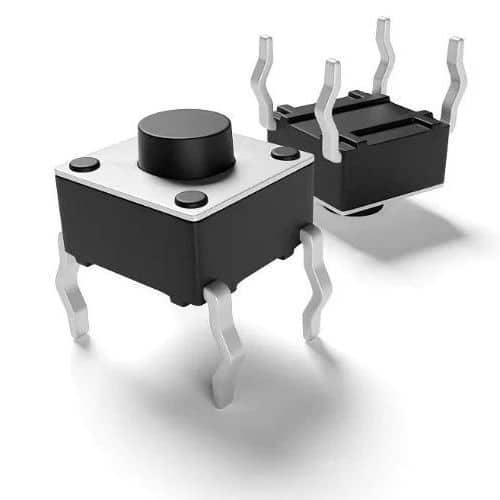
Discover the fascinating world of tactile switches! From dome-contact to illuminated, explore the various types that will revolutionize your user experience. WEUP Tactile Switches manufacturer! Click now for a tactile journey like no other.
.jpg)
Discover everything you need to know about tactile switches! Our guide covers all the basics and more. WeUp Tactile Switches manufacturer Click now.
Related Products
FAQs
Tactile Switch are commonly used in various applications, and people often have questions about them. Here are five of the most popular FAQs for Tactile Switch:
A tactile switch is a type of electromechanical switch that provides tactile feedback when pressed, typically through a noticeable click or bump. It operates by pressing down on the switch, which compresses a metal spring inside, closing the circuit and allowing current to flow. When released, the spring returns to its original position, opening the circuit and stopping the flow of current.
Tactile switches are used in various electronic devices requiring precise input control and feedback. Common applications include keyboards, remote controls, game controllers, automotive controls, and industrial equipment. They are favored for their reliability and the tactile feedback they provide to users.
WEUP offers a wide range of tactile switches, including standard tactile switches, sealed tactile switches for more demanding environments, illuminated tactile switches, and right-angle tactile switches for specific PCB mounting requirements. Each type is designed to meet different application needs, ensuring high performance and durability.
When selecting a tactile switch, consider factors such as the required actuation force, the operating environment (e.g., whether a sealed switch is needed), the size of the switch, and whether additional features like illumination are necessary. It’s important to match the switch’s specifications with the requirements of your device or project.
Yes, WEUP provides customization options for tactile switches to meet specific needs. This can include adjustments in actuation force, different mounting styles (such as through-hole or surface-mount), and additional features like built-in LEDs for illuminated switches.
Installing a tactile switch on a PCB involves soldering the switch’s terminals to the corresponding pads on the board. Ensure the switch is aligned properly and securely fastened to prevent movement. For surface-mount devices, place the switch on the solder paste-covered pads and reflow solder it. Through-hole devices require the terminals to be inserted into the PCB holes and then soldered.
Tactile switches are designed to be low maintenance. However, regular inspections to ensure no dust or debris is obstructing the switch, and verifying that the contacts are clean and free from corrosion, can help maintain their performance. In harsh environments, using sealed tactile switches can reduce the need for frequent maintenance.
Tactile switches are built for longevity, with many rated for millions of cycles. The exact lifespan can depend on the specific model and the conditions under which it is used, but they are generally very durable and reliable over long periods
WEUP’s tactile switches are available through various online retailers and distributors. For specific product inquiries, customization requests, and bulk orders, you can contact WEUP directly via our website. Ensure you choose a reputable supplier to guarantee the authenticity and quality of the switches.
